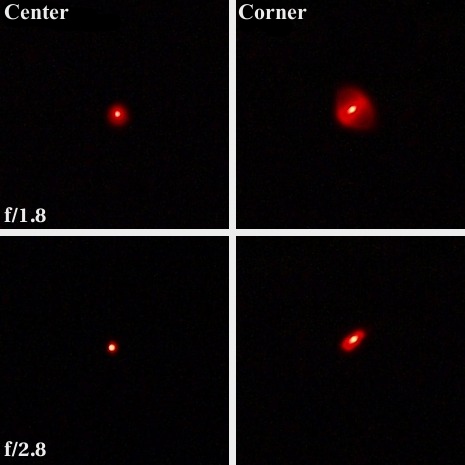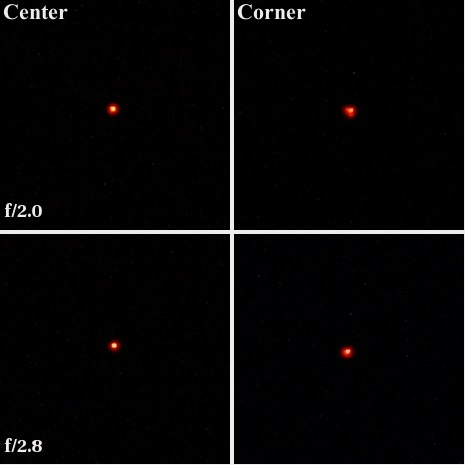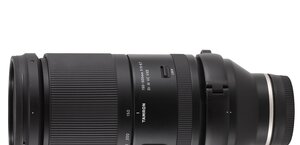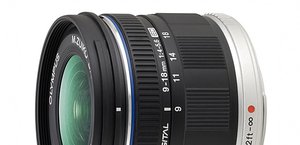90 years of the Olympus company - Olympus F.Zuiko Auto-S 50 mm f/1.8 versus Olympus ZD 50 mm f/2.0 Macro
7. Coma and astigmatism
Please Support UsIf you enjoy our reviews and articles, and you want us to continue our work please, support our website by donating through PayPal. The funds are going to be used for paying our editorial team, renting servers, and equipping our testing studio; only that way we will be able to continue providing you interesting content for free. |
- - - - - - - - - - - - - - - - - - - - - - - - - - - - - - - - - - - - - - - - - - - - - - - -
The new Olympus lens, is beyond reproach when it comes to coma. Unfortunately, you can’t say the same about the older lens. In its case the coma level at the maximum relative aperture is simply huge. Even after stopping down to f/2.8 the level of this aberration remains high. The Olympus OM didn’t exactly distinguish itself here.
| Olympus F.Zuiko Auto-S 50 mm f/1.8 |

|
| Olympus ZD 50 mm f/2.0 ED Macro |

|
The Olympus ZD 50 mm f/2.0 ED Macro also showed us an exemplary astigmatism correction because, in its case, the average difference between horizontal and vertical MTF50 values was just 3%. In this category the older lens also fared worse but, fortunately, the difference was very slight - in its case the astigmatism level was 5%, which is also deemed to be a very good result. The solid, metal barrel is functioning very well and, even after many years, it is able to keep the elements and let them slide in perfect order.






